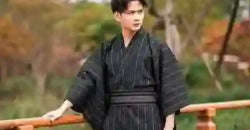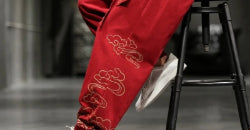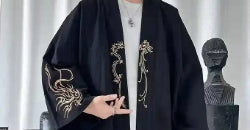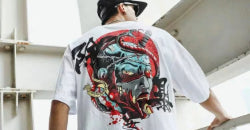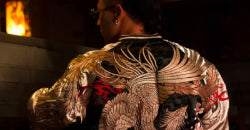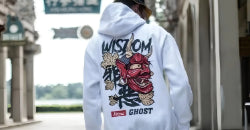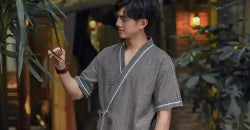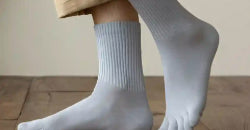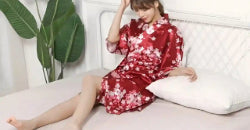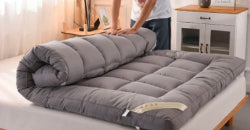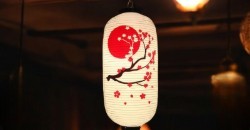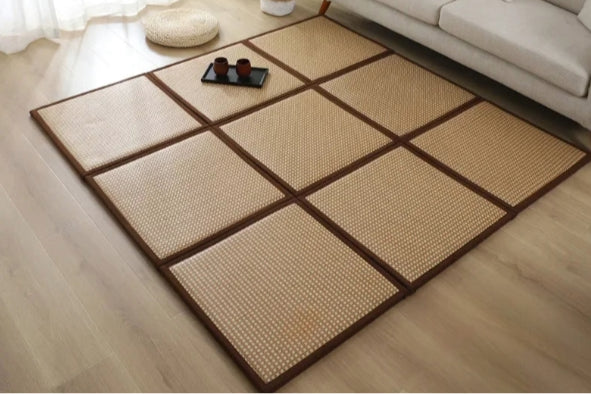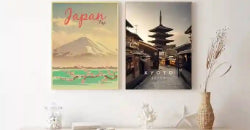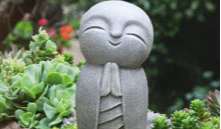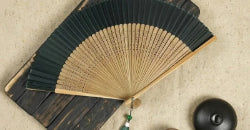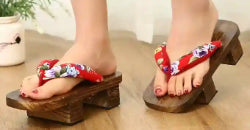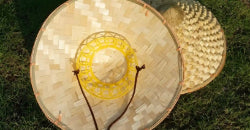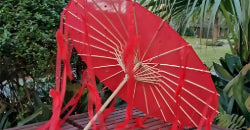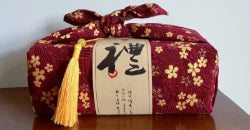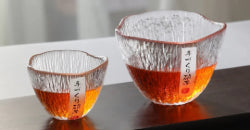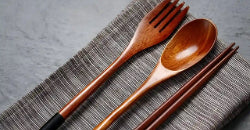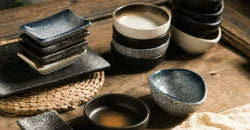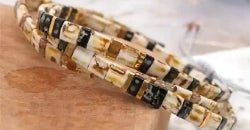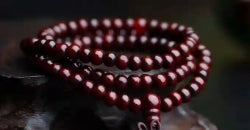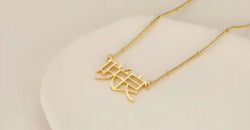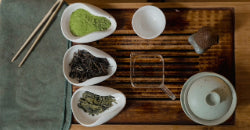Shinigami: The Gods of Death in Japanese Culture
Japanese mythology is rich in fascinating and mysterious creatures, and among them, the Shinigami occupy a prominent place. In the West, death is often personified by the figure of the Grim Reaper, while in Japan, it takes the form of the Shinigami , the gods of death. These spiritual entities play a central role in the Japanese imagination, influencing both traditional beliefs and modern popular culture.
Shinigami are deities or psychopomps who accompany the souls of the deceased into the afterlife. Their name literally means "kami of death," a phrase that aptly reflects their essential role in the transition between life and death. But who are these Japanese gods of death, really , and what legends surround their existence?
Origins and Meaning of Shinigami
In all cultures, death is a mysterious and often frightening stage, represented by various entities. In Japan, it is the Shinigami who govern this final phase of existence. The concept of Shinigami is relatively recent in Japanese history, having emerged during the 18th and 19th centuries, probably under the influence of Western legends about the Grim Reaper. However, similar ideas already existed in Buddhism with Mara , a tempting demon who seized souls before they reached enlightenment. This cultural and spiritual richness of Japan is also reflected in many everyday objects imbued with these beliefs. If these traditions fascinate you, explore our Japanese Accessory collection , which combines history and emblematic symbols of the Land of the Rising Sun.
Shinigami are often described as humanoid beings, though they have no single physical representation. Their primary mission is to ensure that the time of death has indeed arrived for each individual and to guide souls to the realm of the dead. As gods of death, they are seen as masters of fate, wielding formidable but necessary power.
Shinigami in Japanese Legends and Mythology
The Shinigami, emblematic figures of Japanese folklore, have inspired numerous legends and stories. One of the most famous tells the story of a desperate man, ready to end his life. As he prepares to commit the irreparable act, a Shinigami stops him and reveals that his time has not yet come, as his candles of life have not yet burned out. Thanks to the advice of the god of death, the man becomes a renowned doctor. However, his greed drives him to attempt to manipulate fate by saving a patient in exchange for a substantial sum. Cheating death turns out to be a fatal mistake: his own candle is extinguished, ending his existence.
Some legends also mention ways to repel or keep away Shinigami:
- On the island of Kyushu, it is recommended to eat rice or drink tea before going to sleep to ward off their influence.
- In Tokyo, the Shirogane Tunnel is considered a gateway between the worlds of the living and the dead, where Shinigami prowl in search of wandering souls.
Shinigami in Popular Culture
Since the end of World War II, Shinigami have gained popularity in Japanese fiction, particularly in manga and anime. These Japanese gods of death are often depicted in ambivalent ways, being both benevolent and evil.
Shinigami in Death Note

One of the most iconic examples of Shinigami in popular culture is the manga Death Note . In this series, a high school student finds a notebook belonging to a Shinigami named Ryuk. This notebook has the power to kill anyone whose name is written in it. The young man uses this power to exercise his own justice, raising questions about morality and absolute power.
Shinigami in Bleach

In the manga Bleach , Shinigami are samurai souls tasked with protecting the living from demons and guiding the souls of the deceased to another world called Soul Society. They are armed with zanpakutos, spirit swords capable of slicing souls.
Shinigami in Naruto

In Naruto , Shinigami appear as white-haired ghosts dressed in kimonos, often wielding katanas. They are used in a forbidden technique called "The Imprisonment of the Dead," where they serve as formidable allies to seal souls.
Shinigami in Dragon Ball

In Dragon Ball , the Shinigami are the servants of King Enma, the master of Purgatory. Their role is to appease souls and direct them to Hell or Heaven, depending on their karma.
Conclusion: The Myth of the Shinigami Today
Shinigami are more than just a personification of death in Japanese culture. They represent a fusion of traditions, beliefs, and imaginations that continue to influence popular art and culture. As gods of death , they symbolize the inevitable transition from life to death, and serve as a reminder that, in modern Japan , as in ancient times, death is a mystery surrounded by reverence, awe, and fascination.




